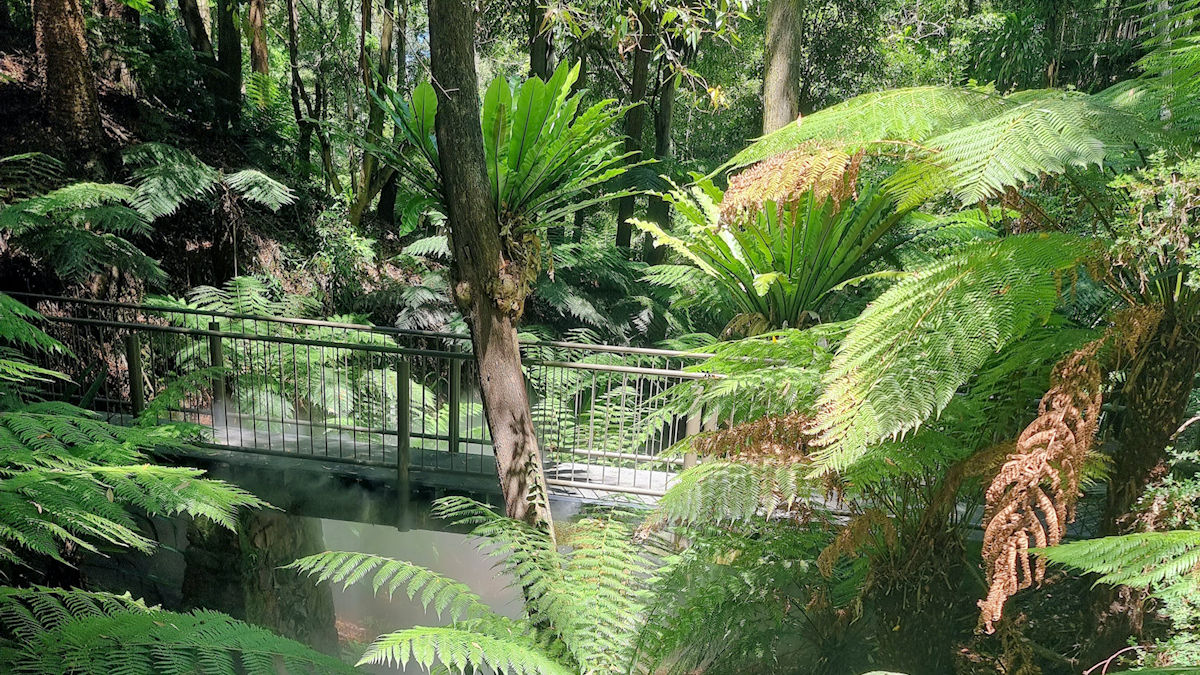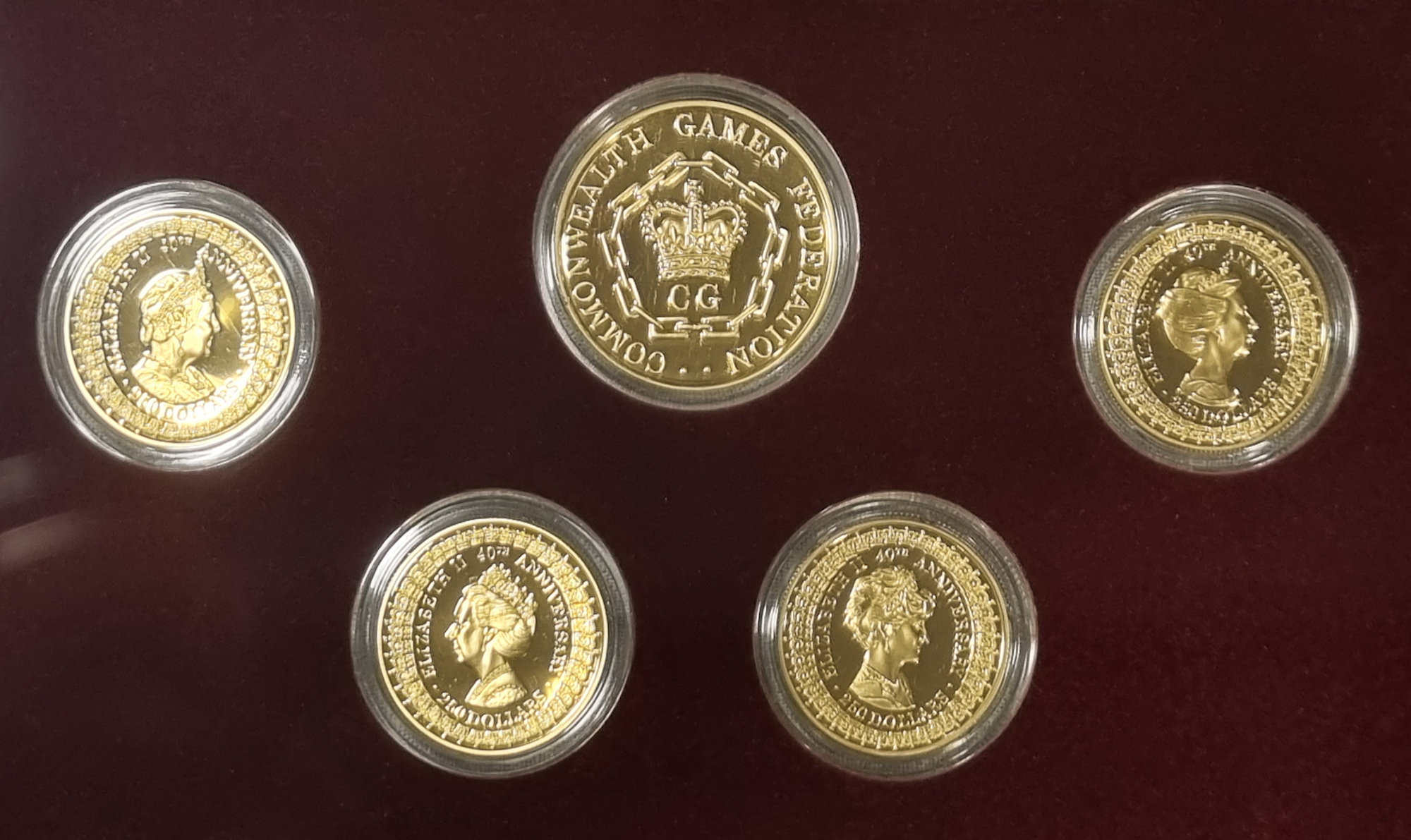Tag: Australian Capital Territory
-
Australian National Botanic Garden

Australian National Botanic Garden Covering many of the plant types found in Australia, the Australian National Botanic Garden in Canberra covers 35 hectares. With paths winding through the garden, you are able to experience many of Australia’s habitats in one place. Getting There We drove to the Garden and parked in the carpark there. As… Read more
-
Royal Australian Mint

Royal Australian Mint Situated in Deakin, Canberra in the Australian Capital Territory, The Royal Australian Mint makes all of Australia’s coins as well as some for international customers. Parking The Mint has its own visitor carpark, so parking isn’t an issue. Well sign posted, the building is also easy to find. What’s There On entry,… Read more
-
Australian War Memorial Canberra

Australian War Memorial Canberra’s most popular attraction, the Australian War Memorial is an outstanding tribute to the men and women who have served in the Australian Defence Forces since federation. Access to some galleries is currently limited (2022) because the Memorial is undertaking a major renovation. During this period some exhibits are in storage. However,… Read more